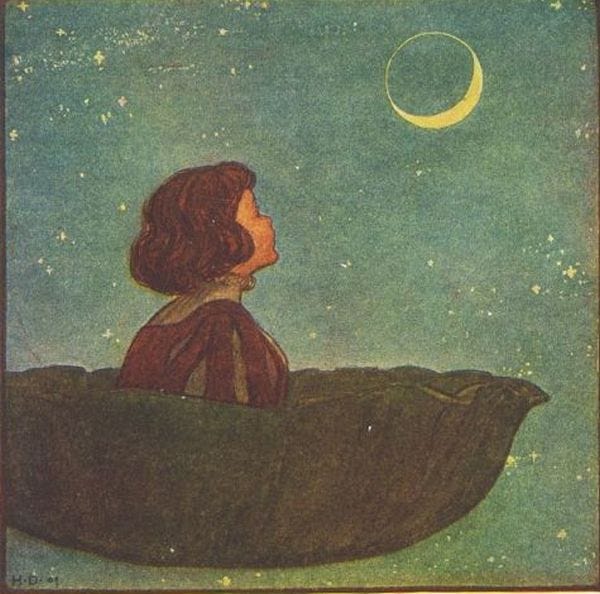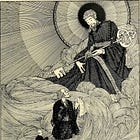An Unfortunate Place to Be?

As always, posts assume familiarity with fundamental fourth way texts and concepts.
For full citations of references, see Introduction and Bibliography.
Continuing from:
I stay for a time with the peculiar statement of Maurice Nicoll that enormous forces are locked up in creation. I quote again:
. . . The ultimate or last point of Creation—World 96—is under many forces. This means enormous forces are locked up in creation. Through the action of the Law of Three the Universe is wound up.1
He seems to imply that the lower down the scale in the involutionary process, the more the increasing number of forces are "locked up." It presents a somewhat different, bigger, but complementary, picture, of the scheme of the Ray of Creation2 than that which I had previously "understood" and pictured to myself, of the successive and specific multiplication of forces at each level of descent, where the further down in this scale, the worse off you are. And, likewise, there was the thought that the planet Earth, being under 48 orders of laws, or forces, was an unfortunate and "bad" place to be,3 not to mention the Moon, under 96 orders of laws.
Nicoll helpfully reminds us that the Ray of Creation is about a scale of being,4 and that each of us can go up or down this scale at any moment.5 This is connected with Nicoll's wonderfully simple but powerful "cross diagram,"6 with the vertical line of being crossing horizontal time, which point of intersection is now,7 or where the line of transformation crosses the line of change.8
How might one understand and use all this psychologically?




